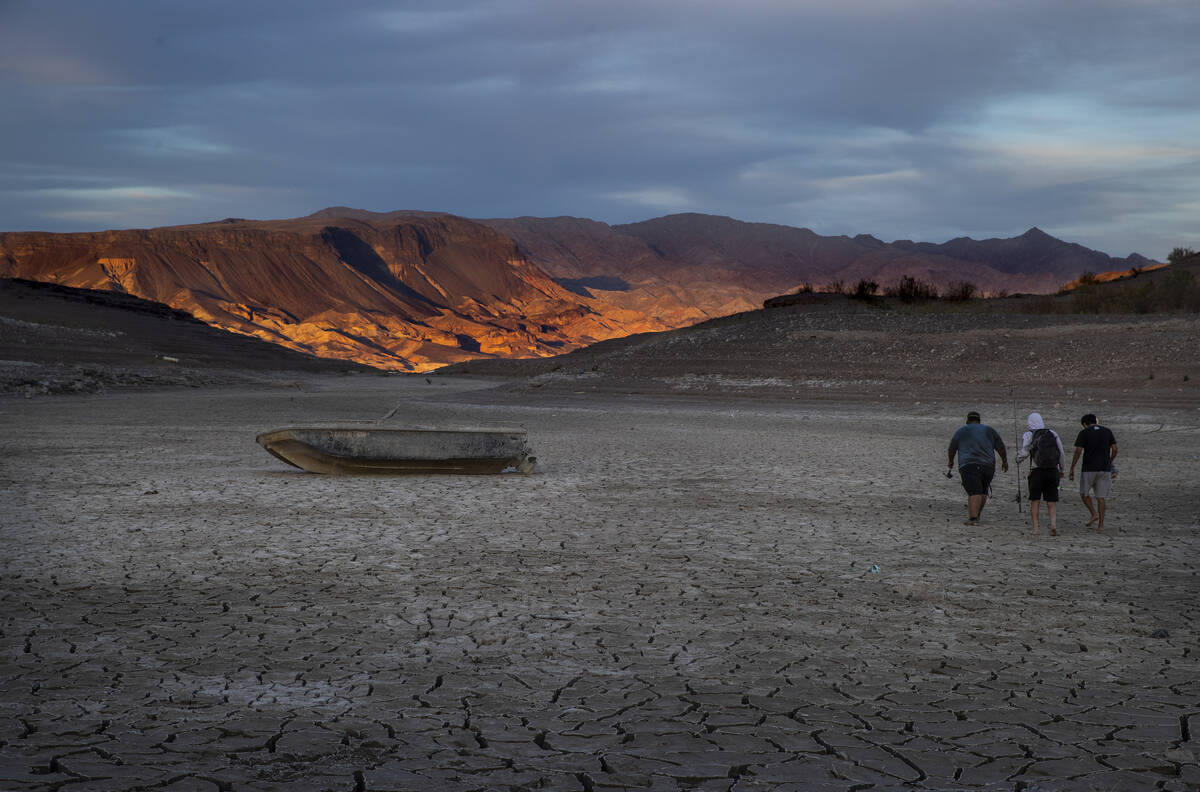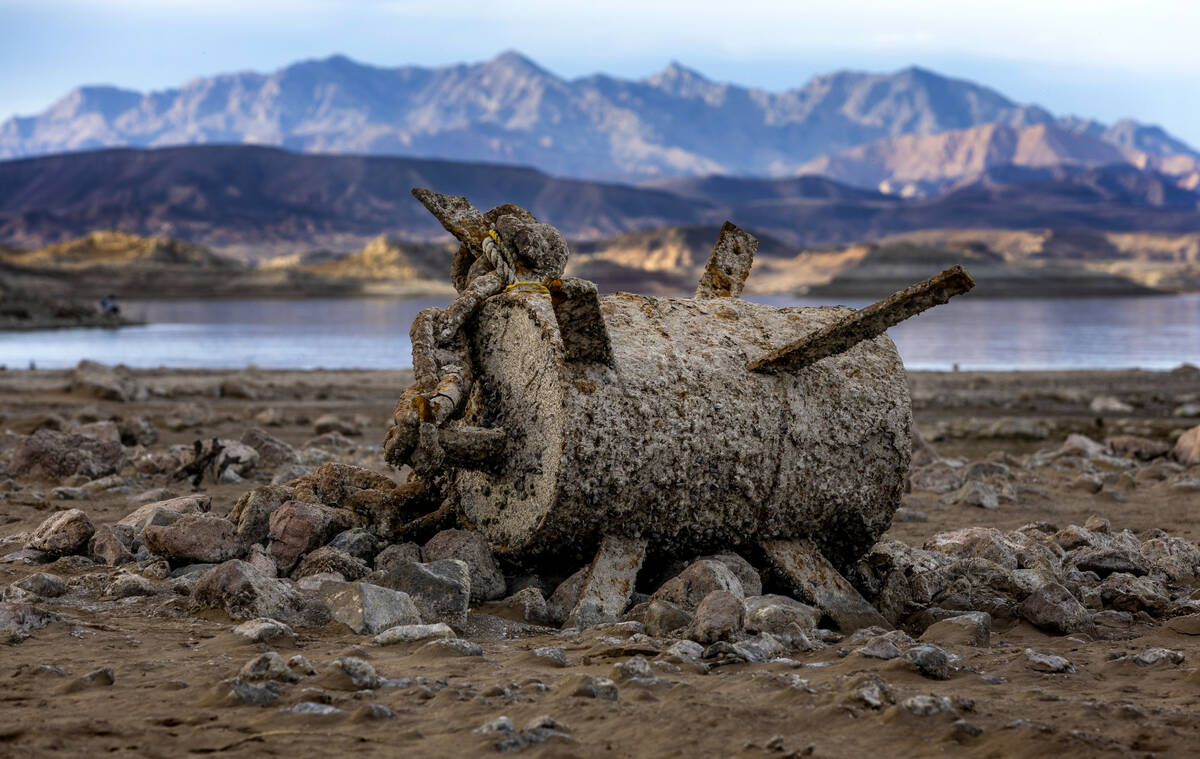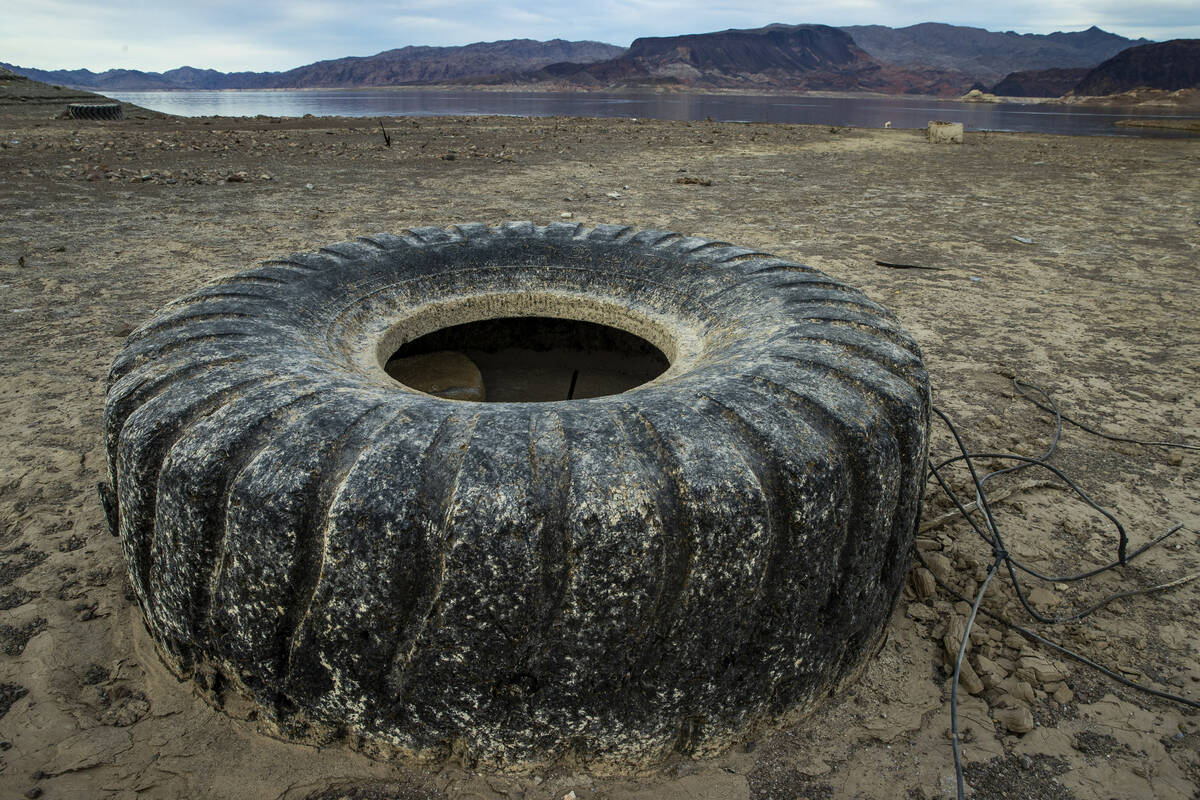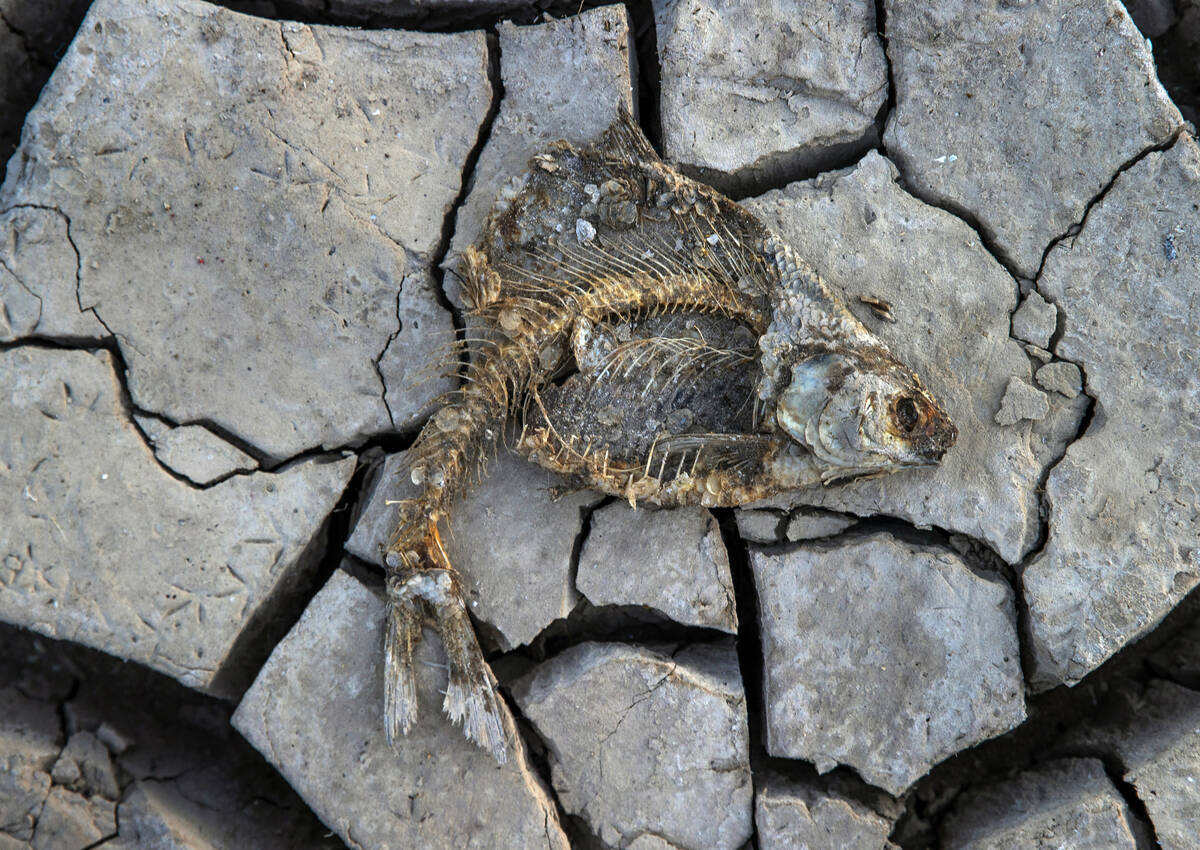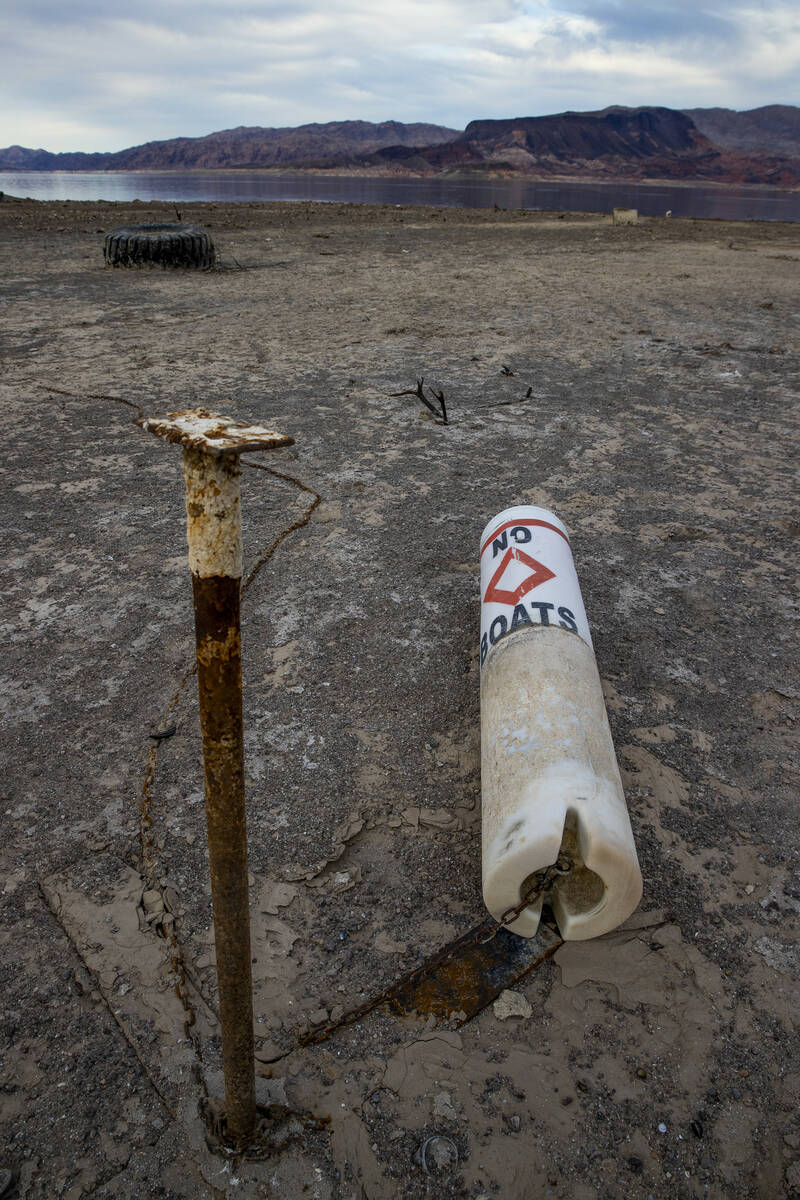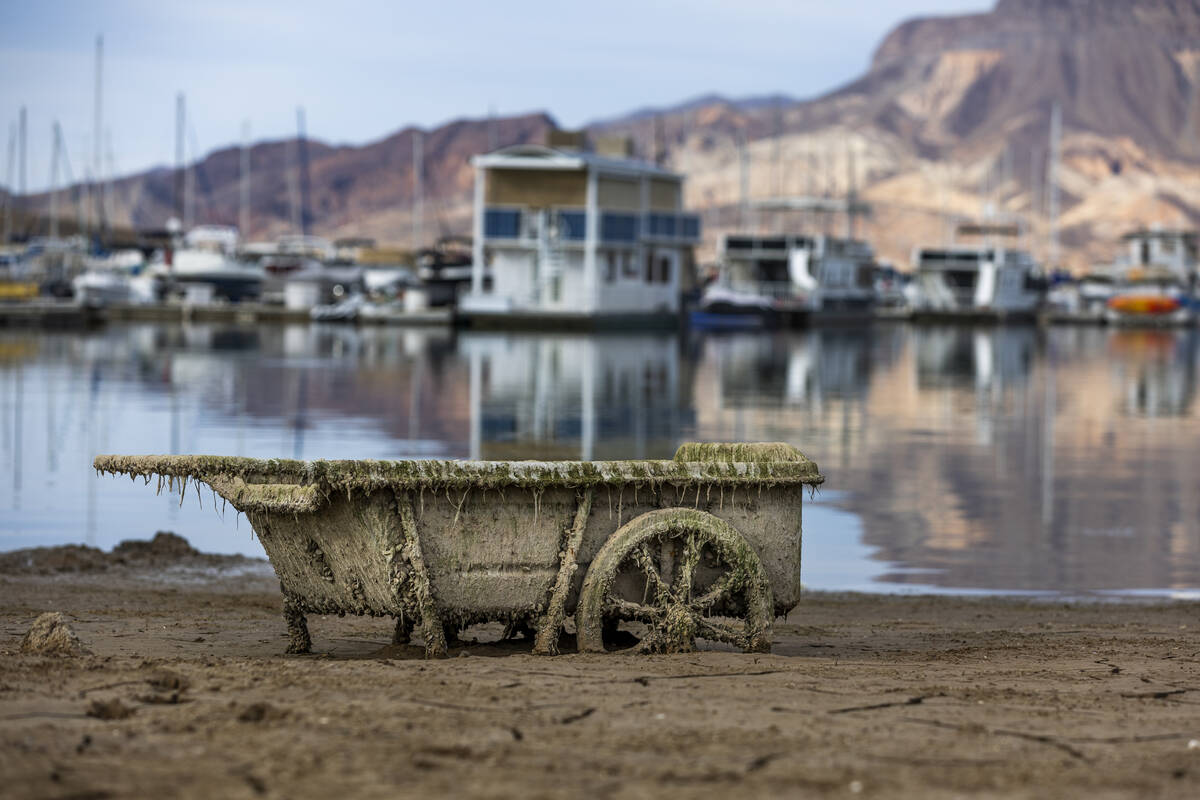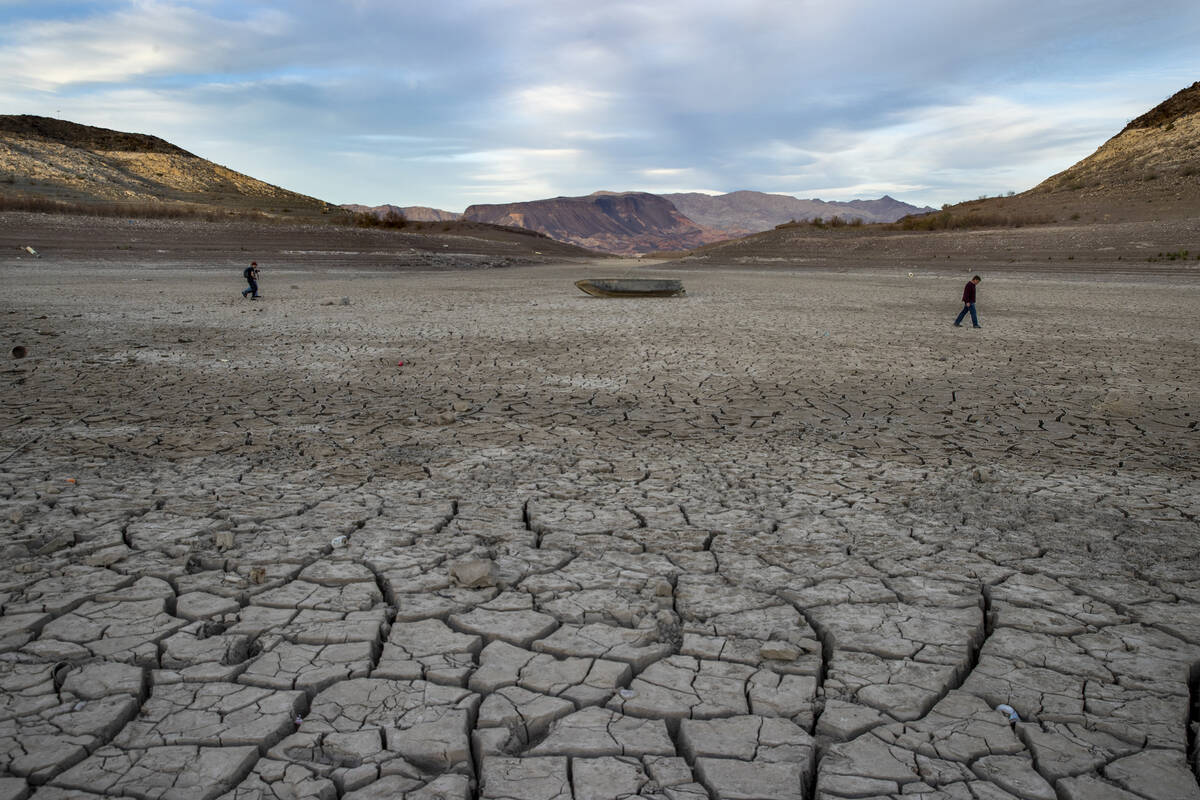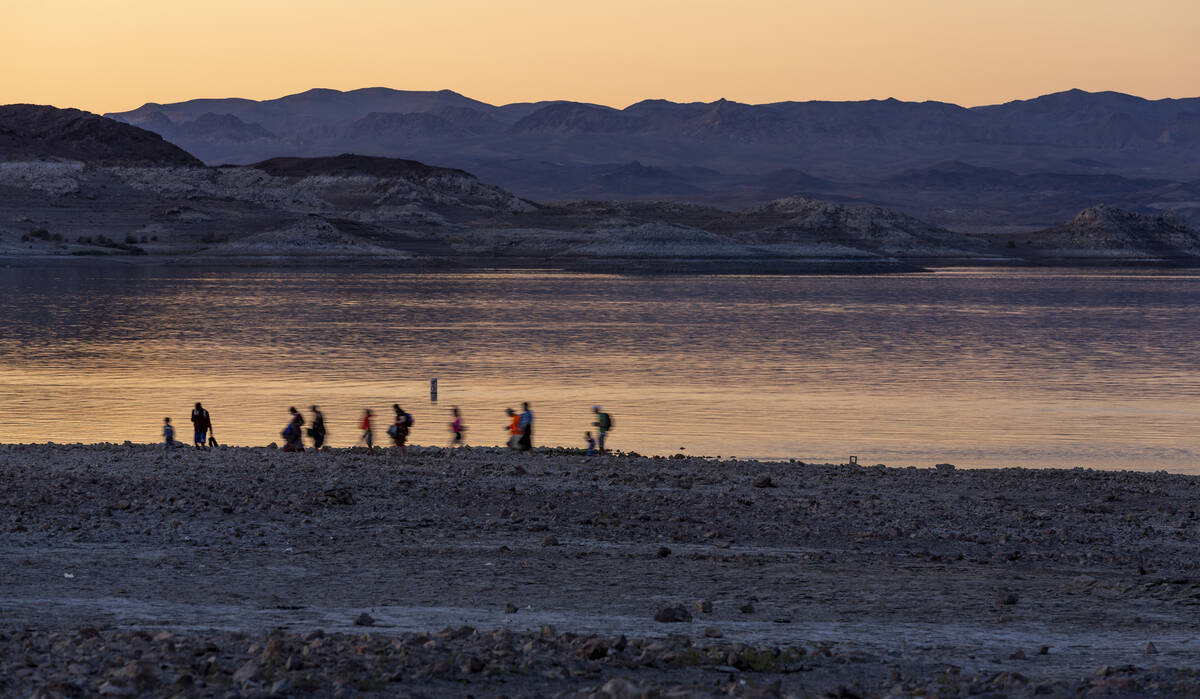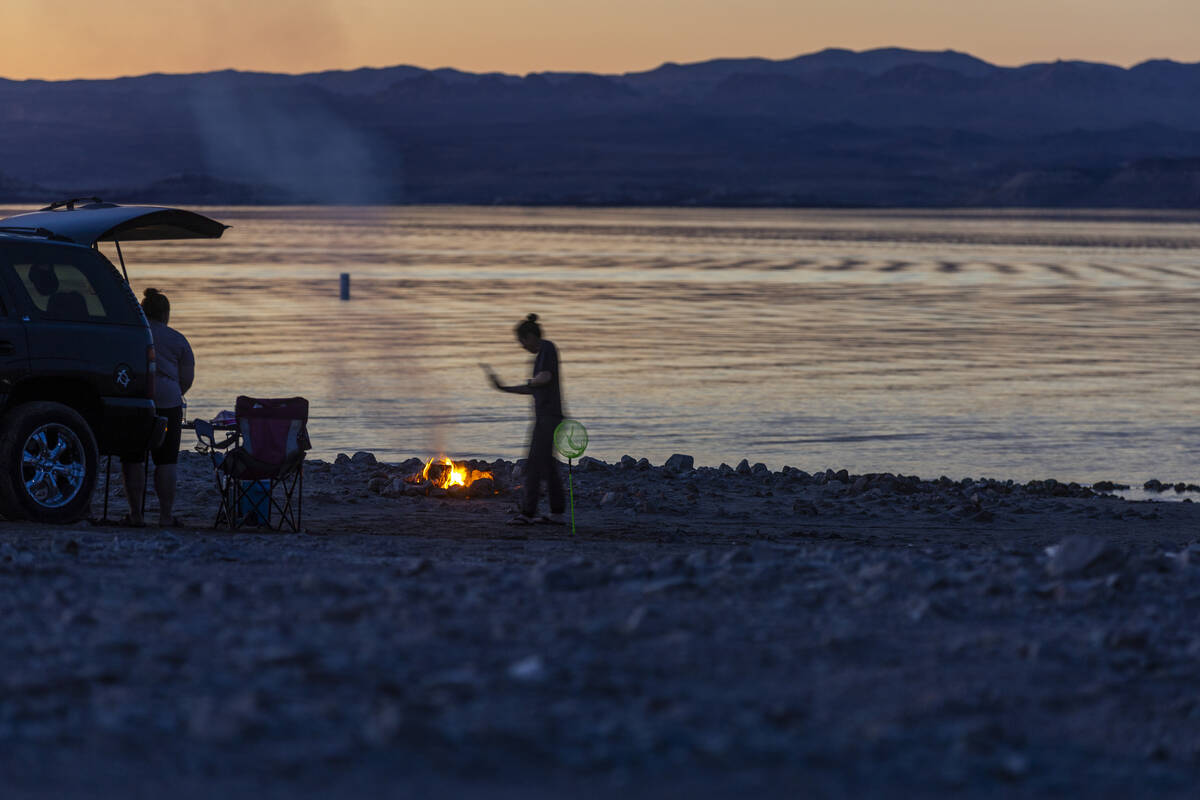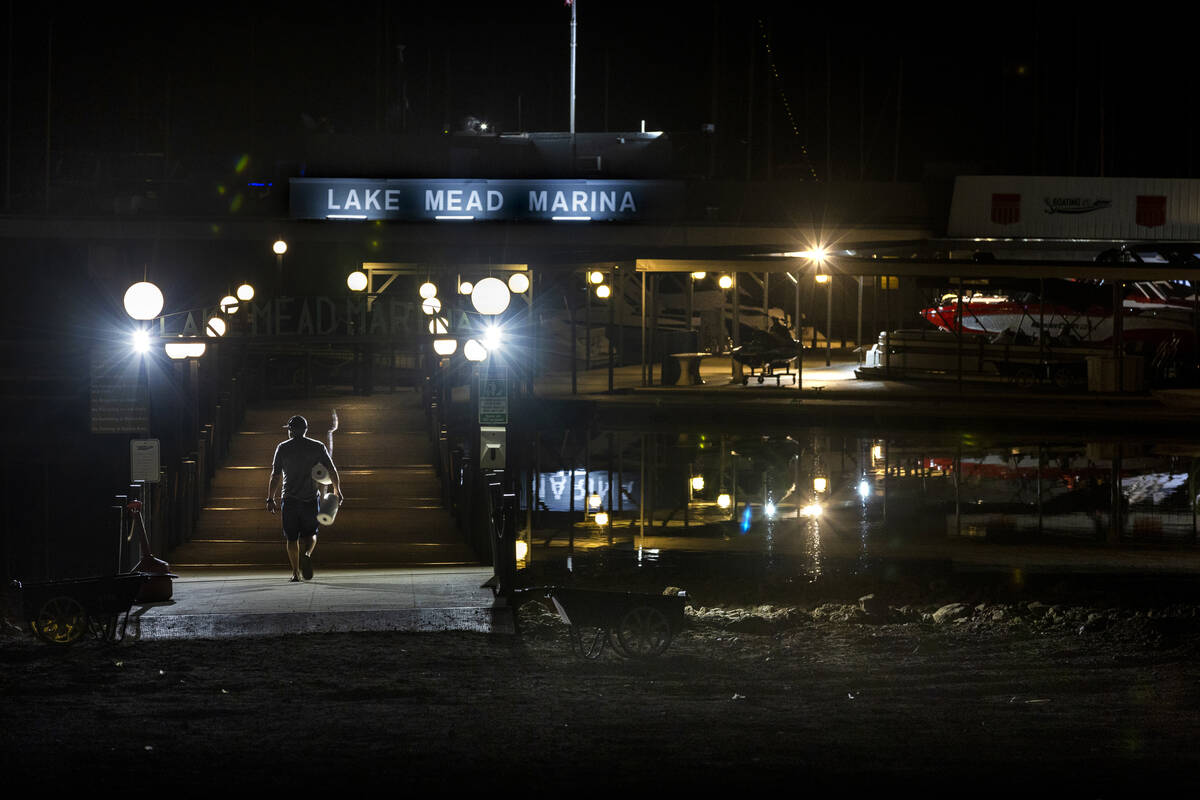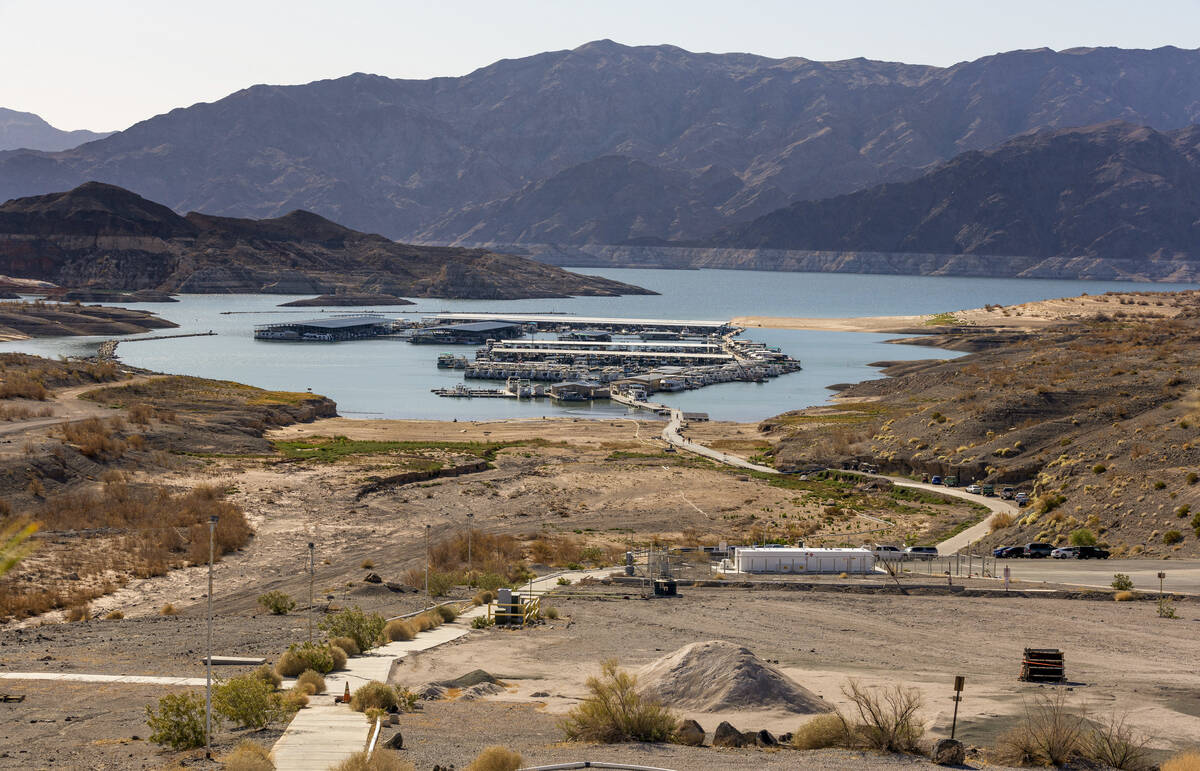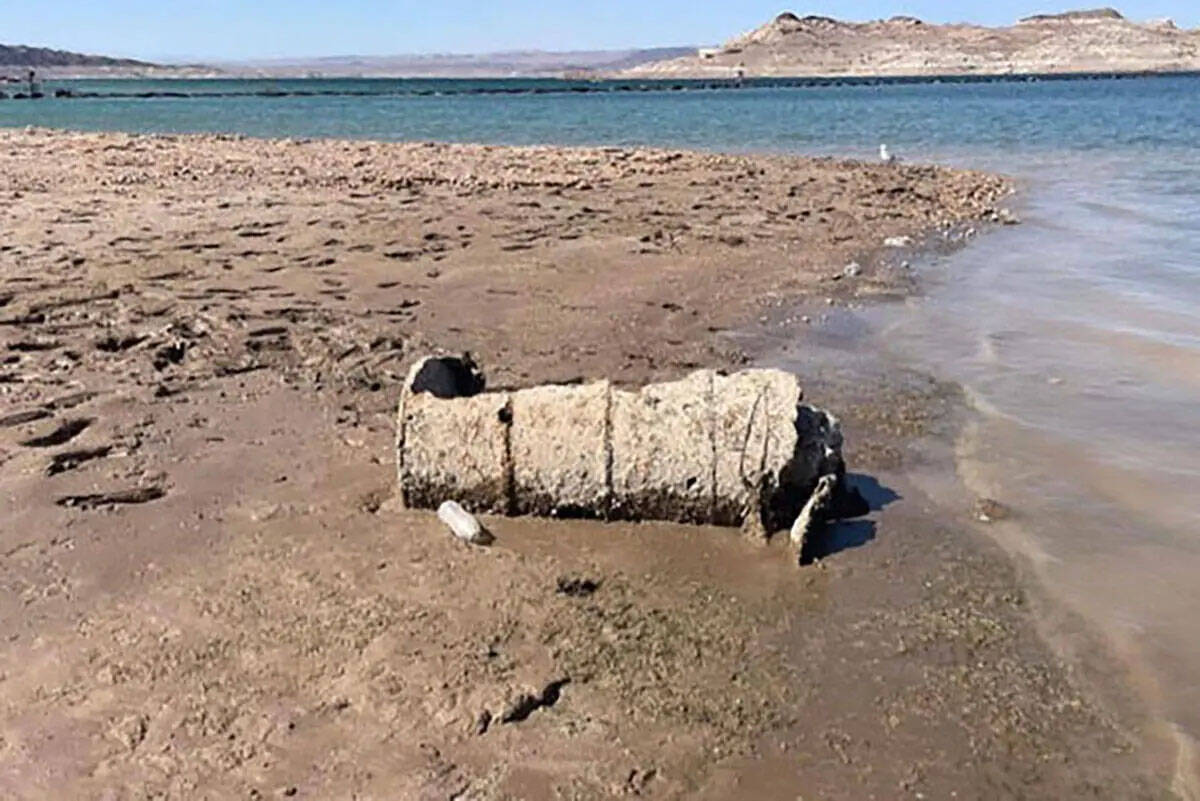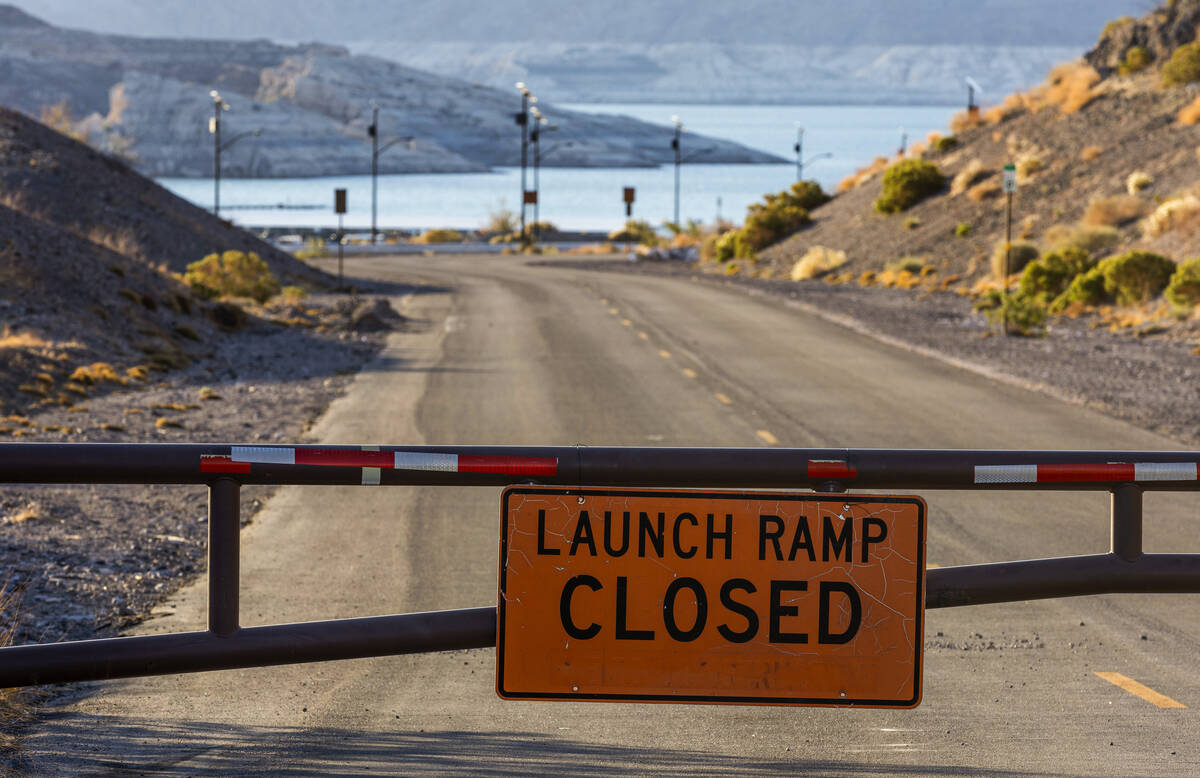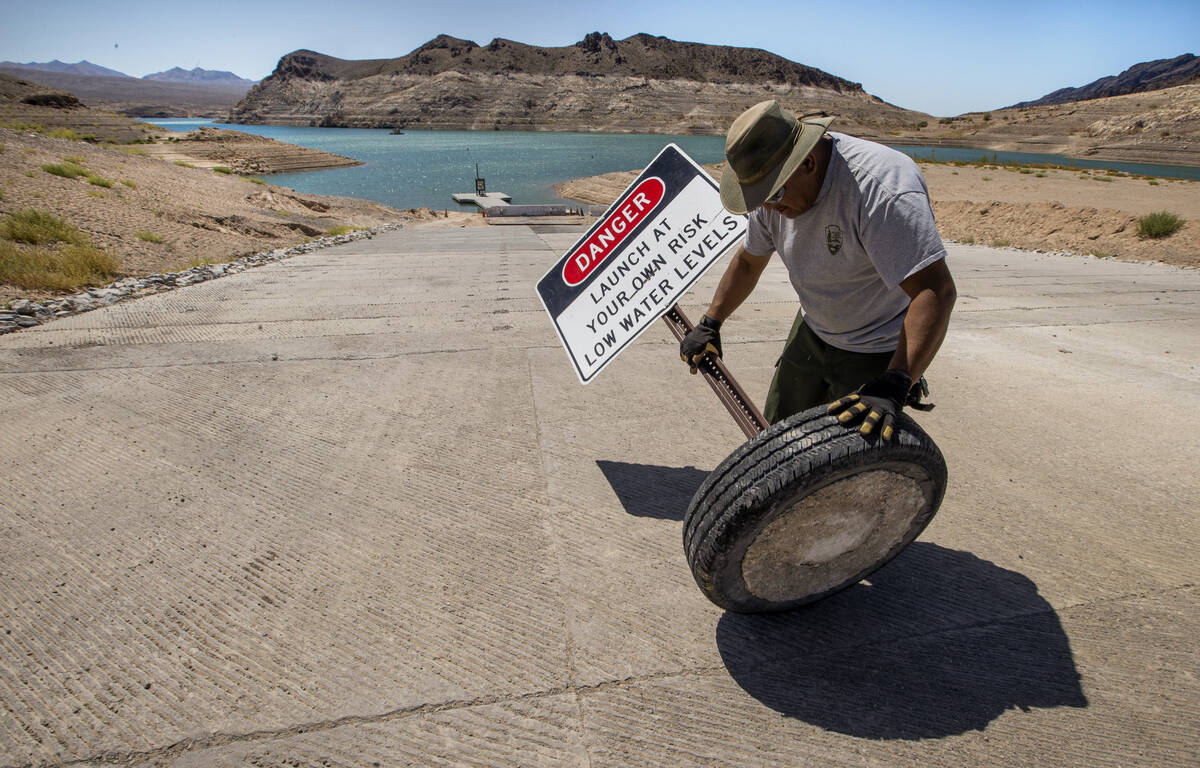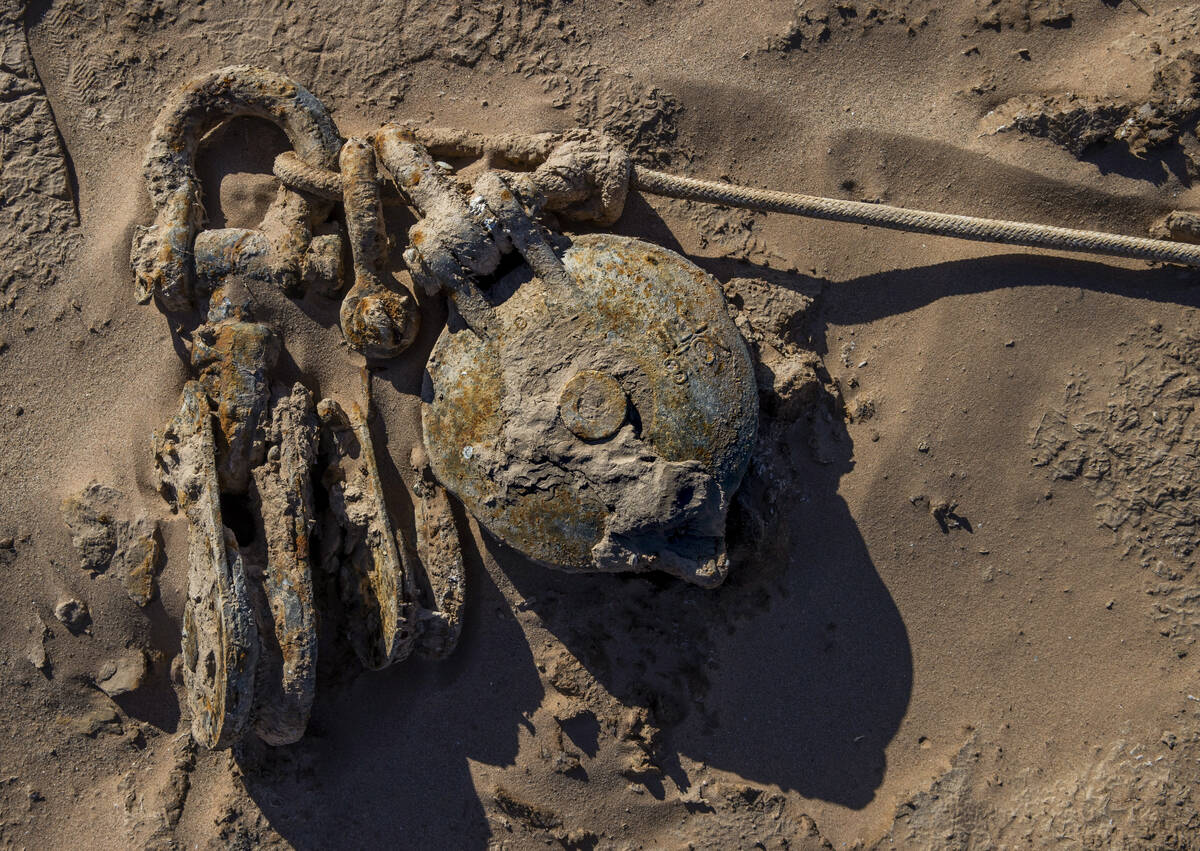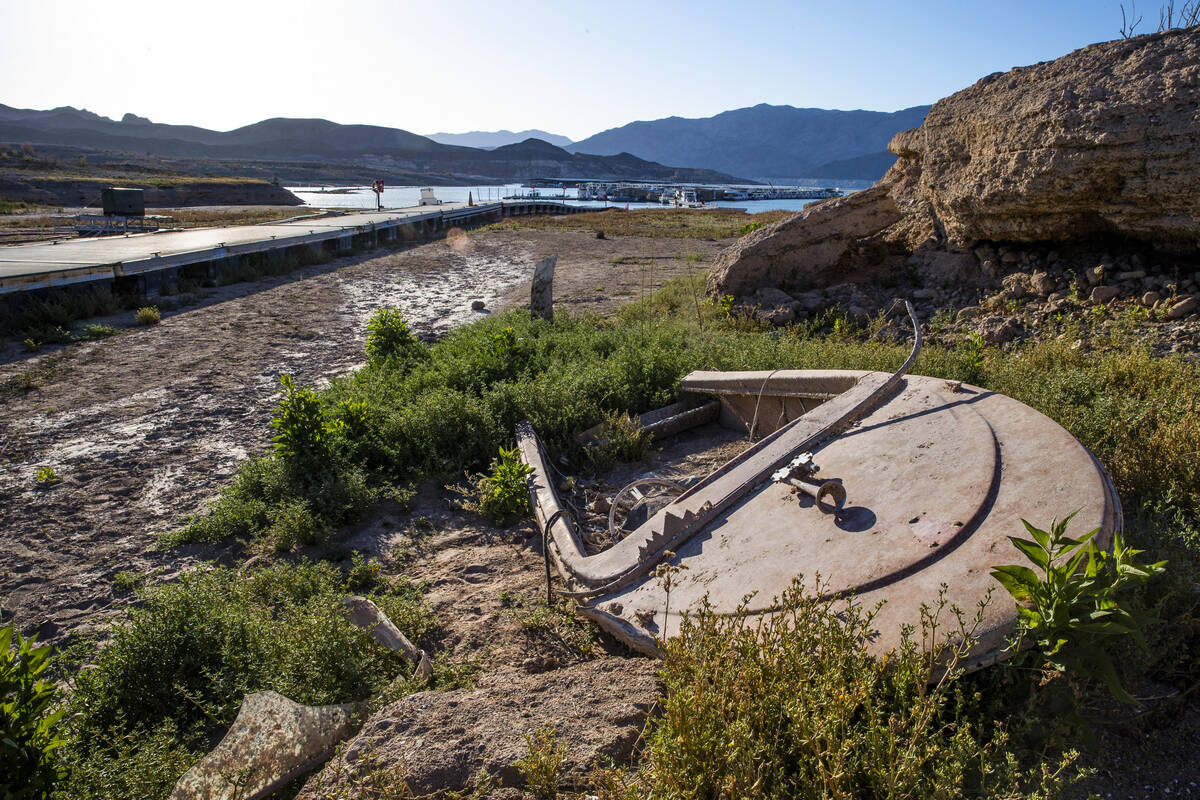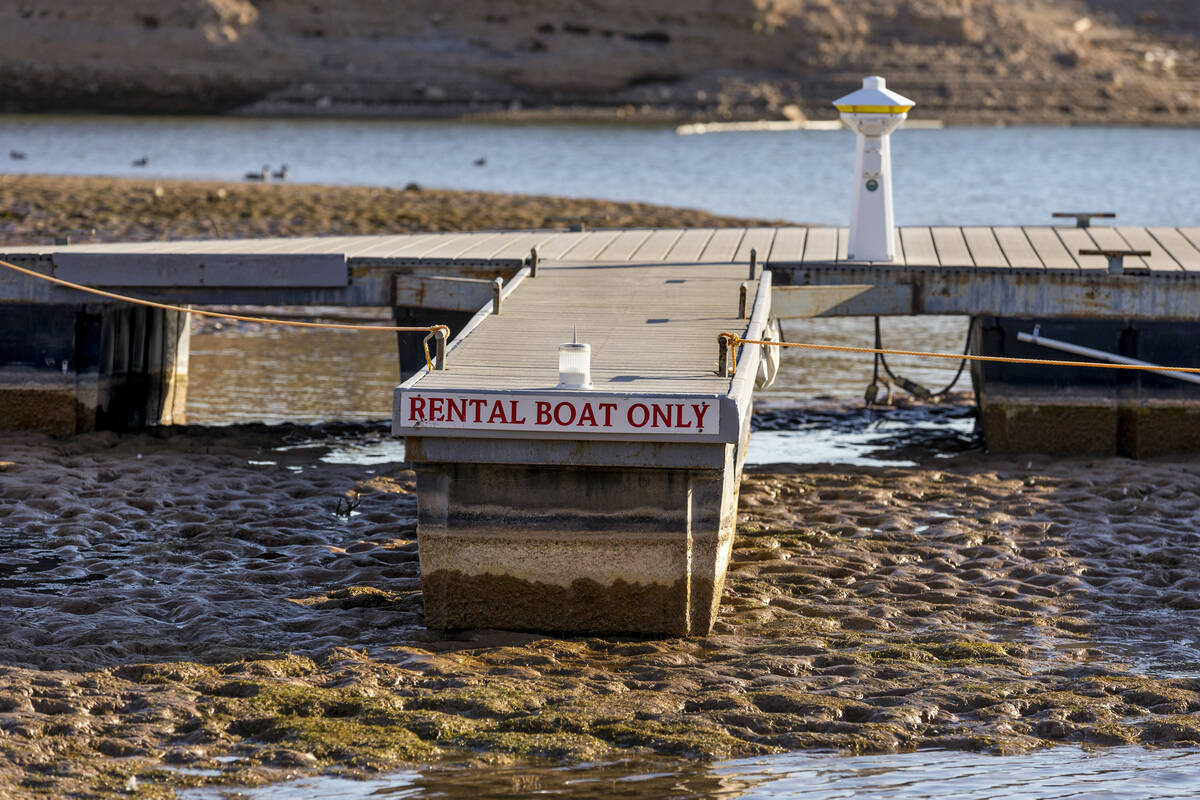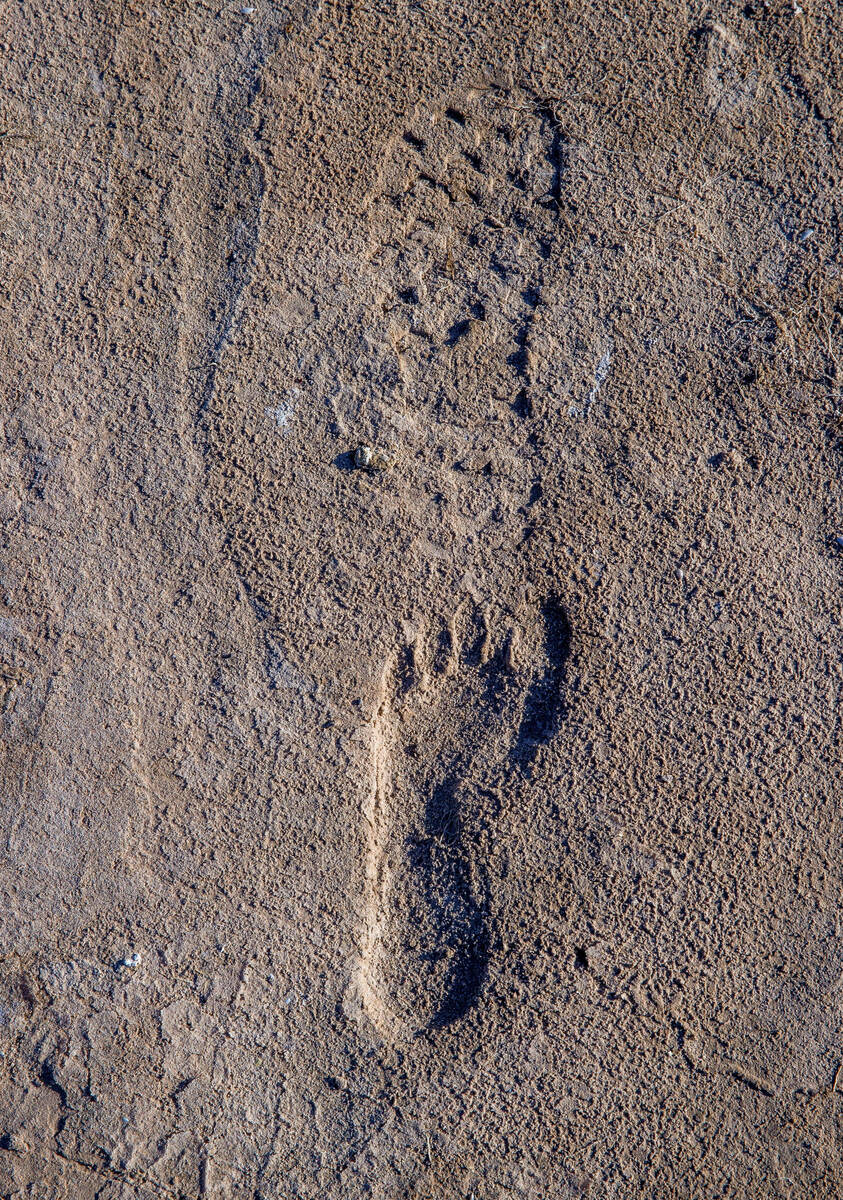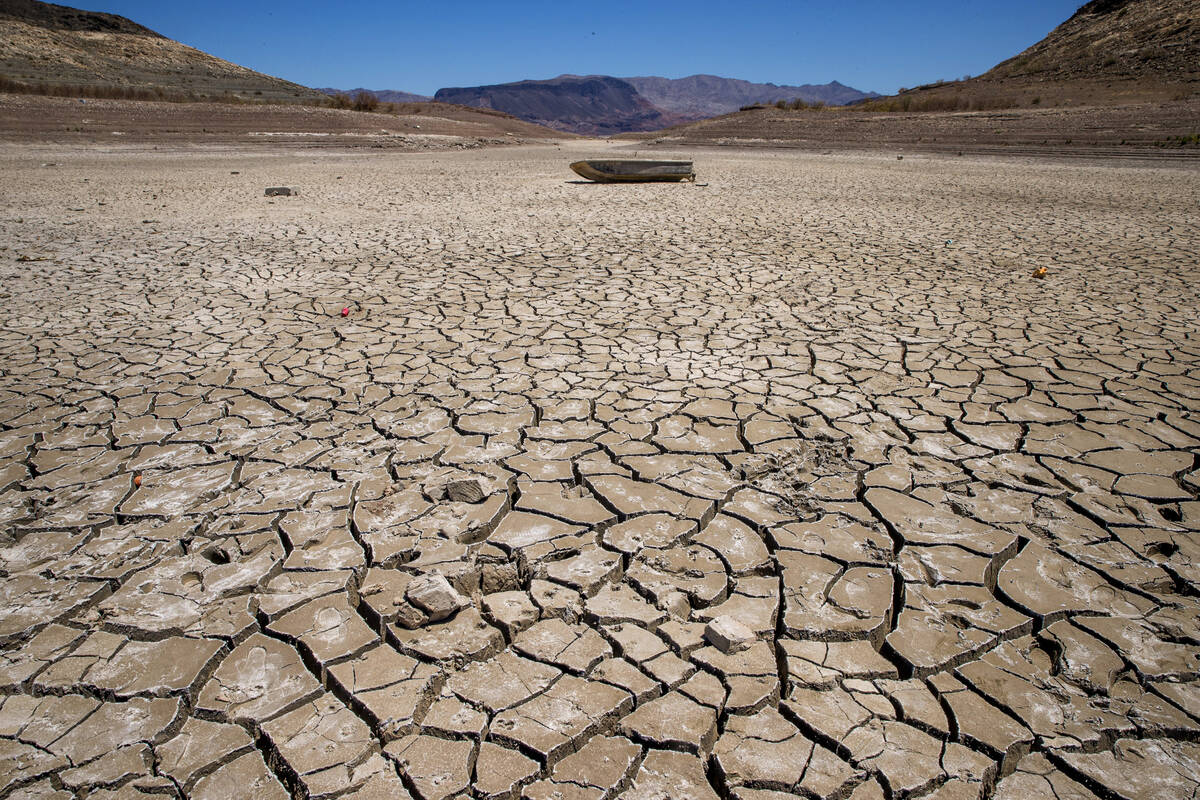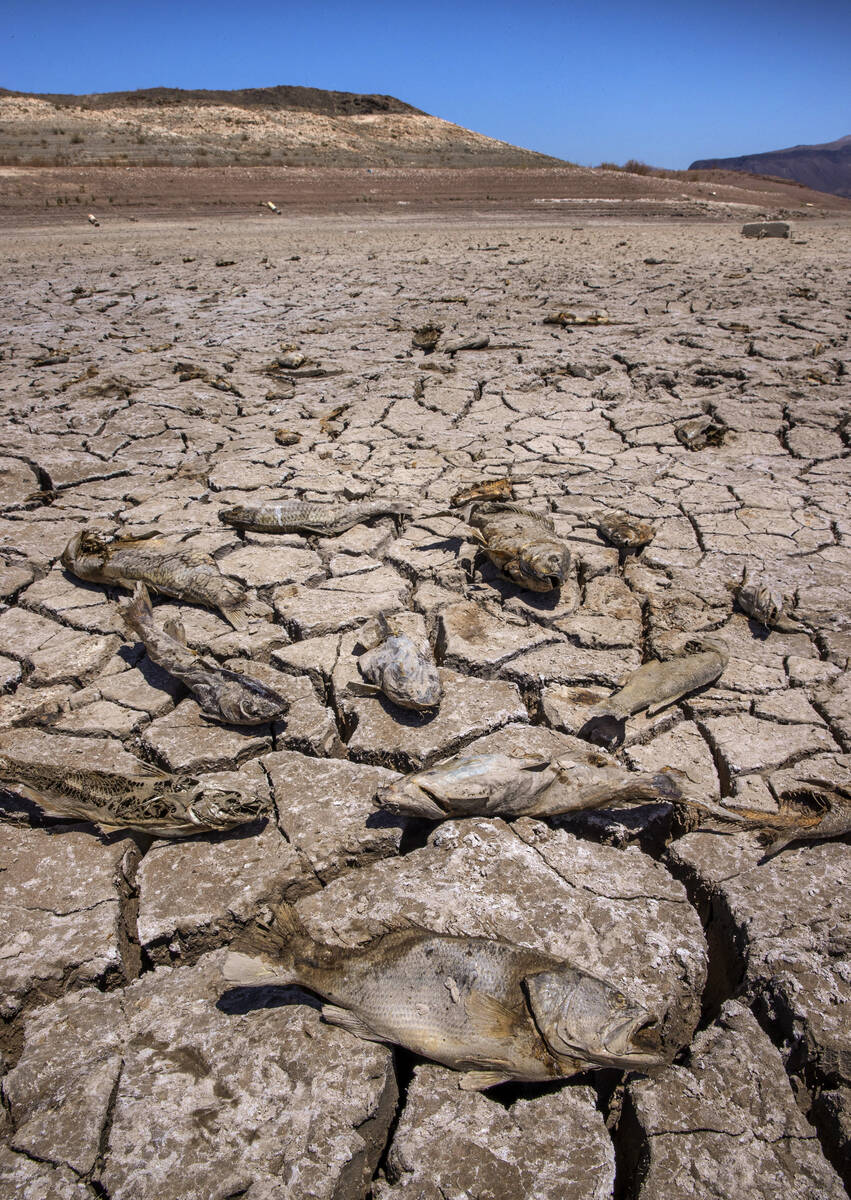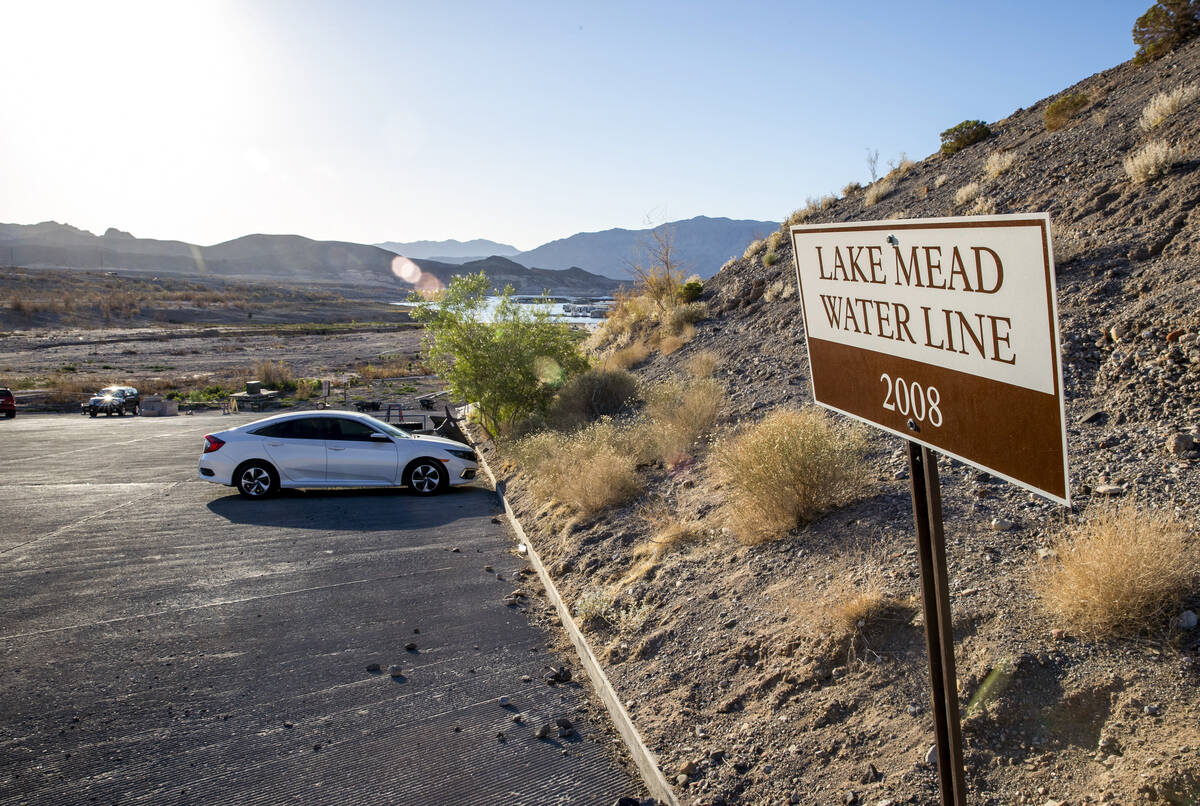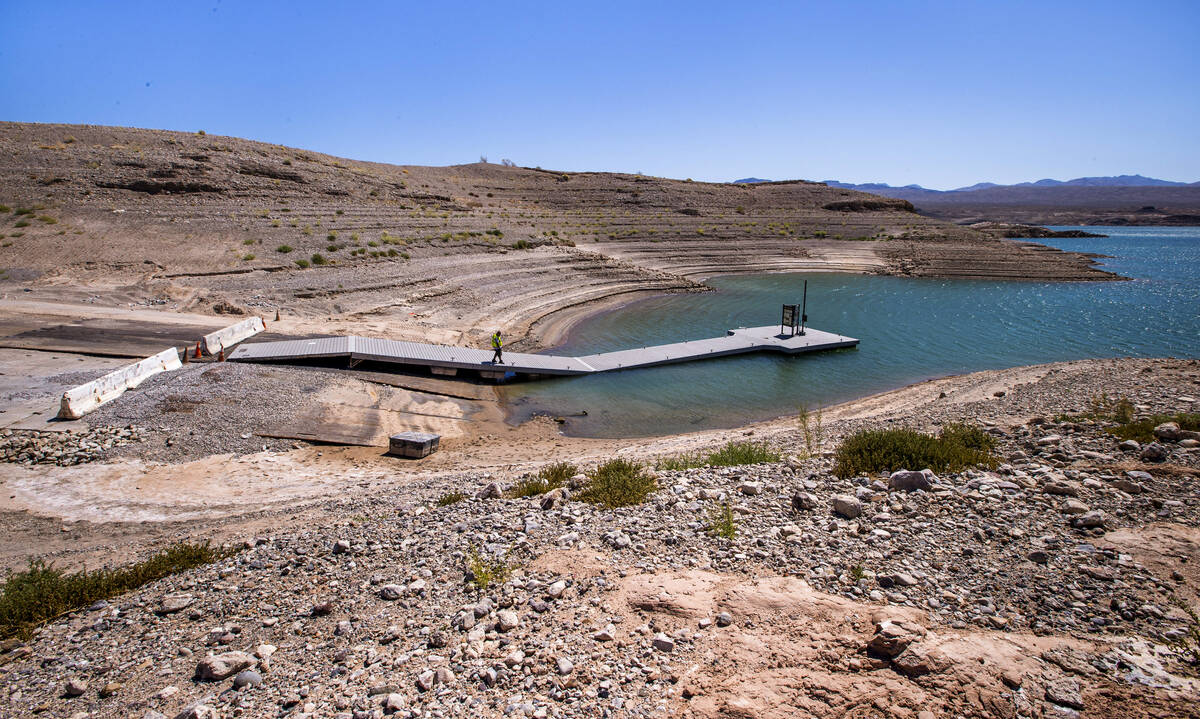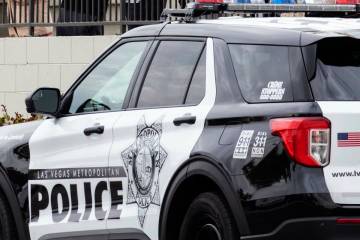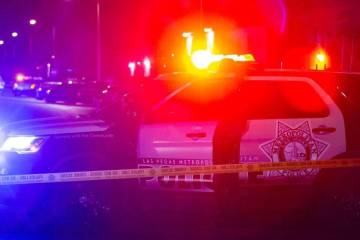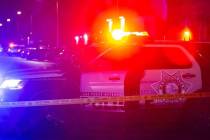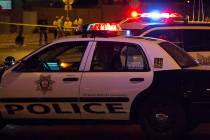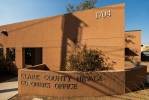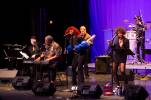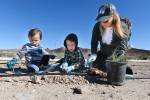Was it the mob? Body found in Lake Mead brings plenty of speculation
To many observers, the grim discovery inspired a callback to a darker Las Vegas past.
Partially buried in shoreline mud, a deteriorated barrel with the skeletal remains of a long-dead shooting victim surfaced at Lake Mead National Recreation Area this month.
“It definitely has the signature of the way in which the mob would operate,” said Geoff Schumacher, vice president of exhibits and programs at the Mob Museum.
But the reality could be as murky as the waters where the man’s body was found.
With the identification of the man still a mystery, he said, it is too early to say how the body ended up trapped in an underwater grave for decades.
“I think we’re going to be very eager to find out more information about this victim,” Schumacher said. “It could answer a very important question … some unknown about ‘whatever happened to this person.’ Now we’ll know.”
As lake levels recede, more bodies could emerge, but Schumacher said those would likely be accidental drowning victims who “didn’t come back up,” rather than the work of criminals.
The National Park Service could not be reached regarding the number of missing victims presumed drowned at Lake Mead.
The Metropolitan Police Department suspects the body found May 1 was thrown from a boat decades ago, dating a pair of Kmart shoes to the 1970s. Homicide Lt. Ray Spencer said historic lows of the water level likely allowed the barrel and body to emerge, pointing out that the lake was 30 percent full, or 200 feet shallower than at its high mark in 1983.
Meanwhile, detectives were scouring missing persons reports, Spencer said, describing efforts to identify the body as an “uphill battle.”
A second set of skeletal remains also was found this month at Callville Bay, but police said there was no indication of foul play in that person’s death.
“I have a feeling that as this water continues to recede, we’re going to be finding more interesting things at the bottom of Lake Mead,” Schumacher said.
Schumacher said the discovery of “barrel murders,” or slain bodies in cylinder drums, dates to the early 1900s, but that this was the first he knew of occurring in Lake Mead.
Drums left behind by dam construction workers decades ago are easy to find underwater, said D.J. Jenner of Las Vegas Scuba, who leads excursions at the Lake Mead site of a 1948 crash of a Boeing B-29.
But finding a body would be like locating a “needle in a haystack,” and amateur search efforts would only harm historic artifacts.
Mob ‘knew how to get rid of body’
UNLV historian Michael Green’s first thought about the drum discovery was that “the water level is getting too low.”
His next: “The automatic suspicion is that it might be from a hit, but that’s also too easy,” he said.
“If they were doing a hit, they knew how to get rid of the body,” said Green, citing the 1975 disappearance of the labor union leader Jimmy Hoffa, who was believed to have been a mob victim.
And if mobsters wanted someone to be found, they facilitated that, too.
Such was the case of Al Bramlet, then-boss of Culinary Local 226, and the most powerful labor leader in Nevada, Green said.
Weeks after he went missing in 1977, he was found buried in the desert near Lake Mead. Hikers had seen an arm above ground, signifying that he was meant to be found, Green said.
“There were some murders out here that could have been tied to the mob,” Green said. “But there’s also an old adage that the mob did not do its dirty work (here) either.”
Mob-tied casino executives sought legitimacy, Green said.
“The theory was that they did not want the Las Vegas dateline on a murder story,” he said.
Bugsy Siegel, instrumental in the development of the Strip, was gunned down in Beverly Hills, while former Flamingo executive Gus Greenbaum’s throat was slit in Phoenix, the UNLV historian said.
Mob fixer John Roselli, who also had Las Vegas ties, met his fate in an oil drum found floating outside Miami, Schumacher said.
Green also theorized that someone with no ties to organized crime could have dumped a body in the lake in an effort to divert law enforcement’s attention.
Mob lore appeals to those nostalgic for an inaccurate picture of Las Vegas being better off when gangsters ran casinos, Green and Schumacher said.
“It’s more interesting to think about guys like Siegel,” Green said. “With all due respect to the accounting profession, murder and mayhem tend to get more interest.”
Some of the fables are true, Green conceded.
“It’s important to know that past, and it isn’t a pretty past,” he said. “We don’t celebrate it.”
Naming the victim
Daniel Holstein is a former crime scene analyst and current UNLV criminal justice professor who has investigated the deaths of two other people found in the water.
“I’ve seen shot up in a barrel, but not in the lake,” he said, adding that neither of the bodies he investigated from Lake Mead had been decomposed.
Holstein, who retired from Metro in 2015, is not working on the latest discovery, but said that preserving the contents found in the barrel could be instrumental in identifying the victim and even solving the crime.
A recovered bullet could reveal crucial evidence, such as the caliber and how it was fired, Holstein said.
The clothes Spencer mentioned would typically be locked for days in a specialized “drying cabinet” that uses airflow to get rid of the water. After the clothes are dried, they would be screened for possible clues, and then folded in butcher-type paper and secured in an evidence vault, Holstein said.
For the past two years, Jennifer Byrnes, an assistant professor with the UNLV Department of Anthropology, who specializes in bioarchaeology and forensic anthropology, has consulted with the Clark County coroner’s office on 21 cases in which remains either could not be identified through police or medical examiners’ methods or required bone trauma analysis.
Recently, Byrnes and a team of graduate students she oversaw were involved with a case in which the person was identified based on a single bone.
“It’s a very interesting scenario where we are experiencing climate change that’s affecting our investigations,” she said about Lake Mead’s water evaporation, noting that she had not been contacted to consult on the May 1 discovery.
Bodies often decompose more slowly underwater because of cooler temperatures, she said, and the process is slowed even further when a body is enclosed because animals cannot reach it.
Anthropologists help establish a “biological profile:” an approximate age, the assigned sex at birth, height, ancestry history, and an estimate on how long the person has been dead.
“At the end of the day, our goal is to help identify individuals that have lost their identity, and be able to give them back their names and be able to give them back to their loved ones and family,” Byrnes said.
A previous version of this story incorrectly identified the department where Jennifer Byrnes works at UNLV.
Contact Ricardo Torres-Cortez at rtorres@reviewjournal.com. Follow him on Twitter @rickytwrites.



